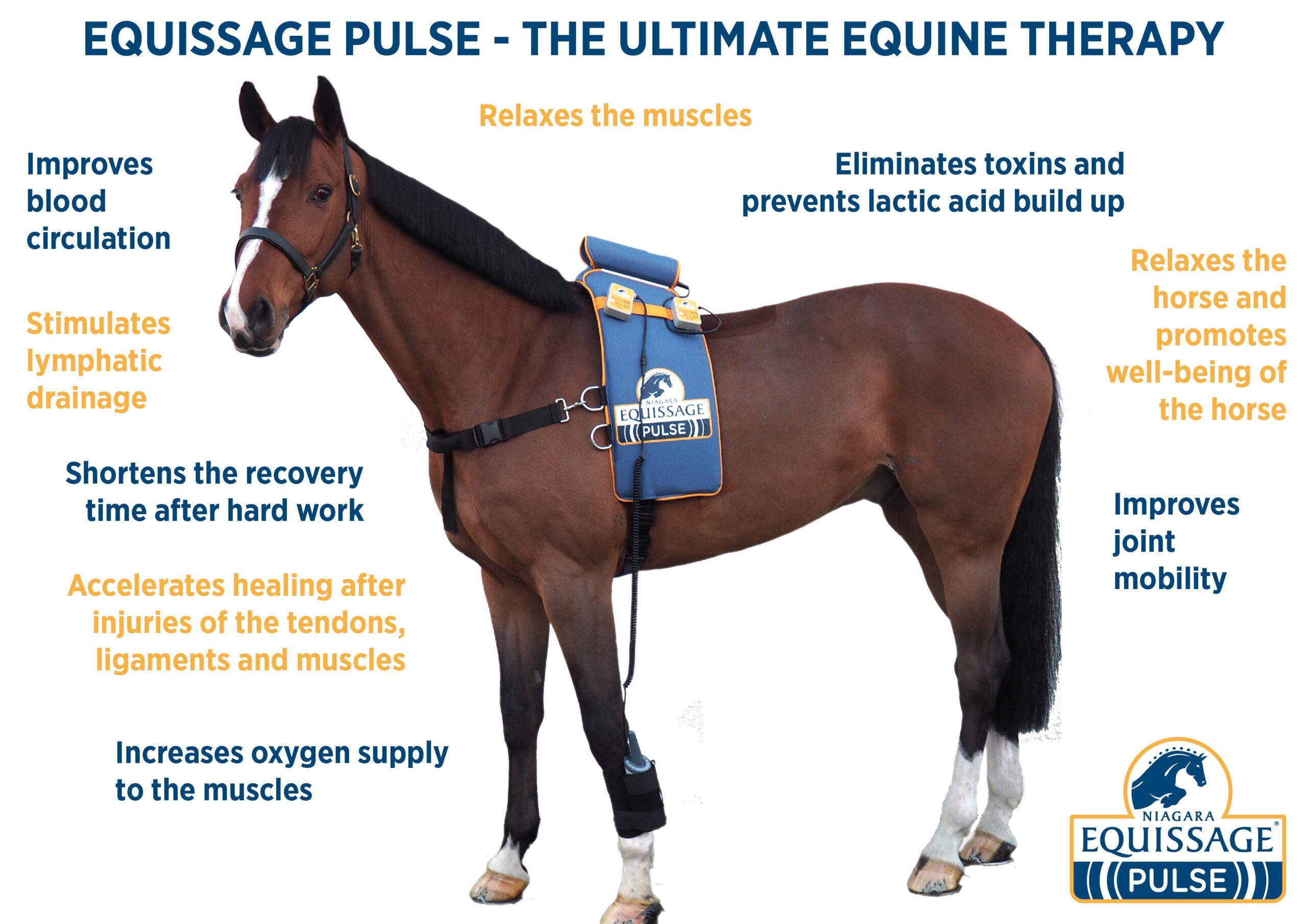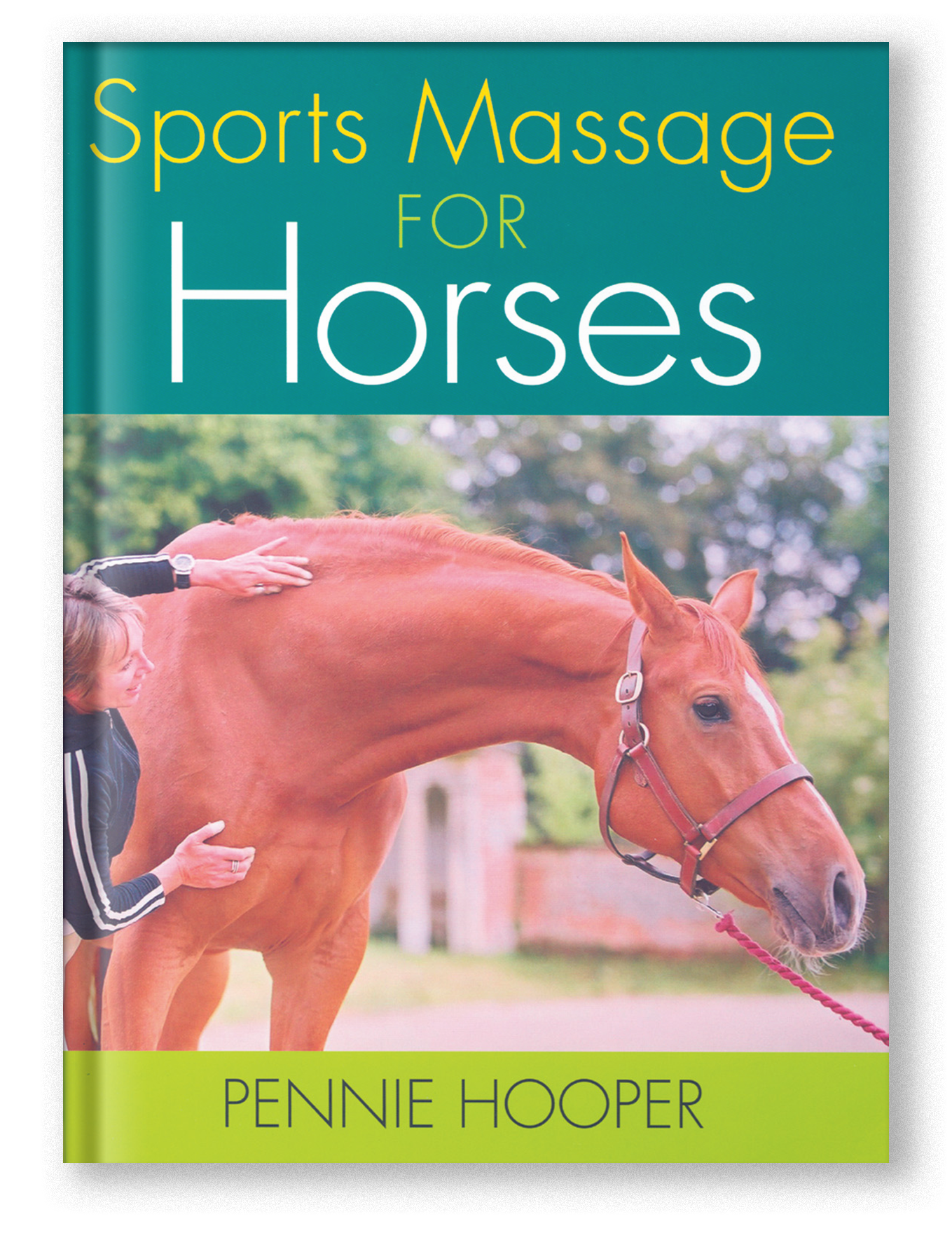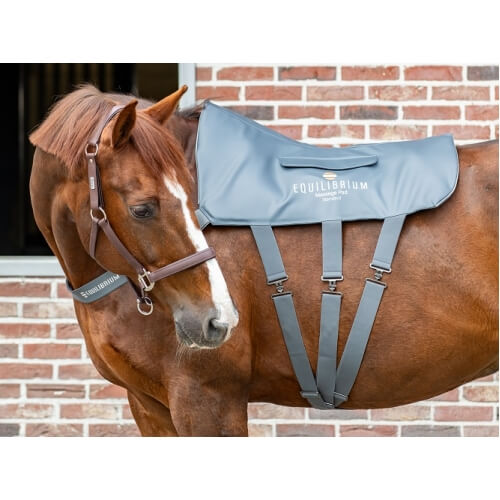Horse Massage Techniques for Better Circulation

Improving circulation in horses is essential for their overall health, performance, and recovery. Massage therapy is a natural and effective way to enhance blood flow, reduce muscle tension, and promote relaxation. This article explores various horse massage techniques specifically designed to boost circulation, along with practical tips and frequently asked questions.
Why Improve Circulation in Horses?

Good circulation ensures that oxygen and nutrients are efficiently delivered to muscles and tissues, aiding in faster recovery and reducing the risk of injury. Enhanced blood flow also helps in flushing out metabolic waste products, which can accumulate after exercise.
Key Horse Massage Techniques for Better Circulation
| Technique | Description | Benefits |
|---|---|---|
| Effleurage | Gentle, gliding strokes using the palms to warm up muscles and stimulate blood flow. | Increases circulation and relaxes muscles. |
| Petrissage | Kneading and squeezing muscles to release tension and improve deeper blood flow. | Enhances muscle flexibility and circulation. |
| Tapotement | Rhythmic tapping or percussion movements to stimulate nerves and blood vessels. | Boosts circulation and invigorates muscles. |
| Friction | Small, circular movements targeting specific tight areas to break down adhesions. | Improves localized blood flow and reduces stiffness. |
Step-by-Step Guide to Performing Horse Massage
- Prepare the Environment: Choose a calm, quiet area where the horse feels comfortable.
- Start with Effleurage: Use gentle strokes along the horse’s neck, shoulders, and back to warm up muscles.
- Apply Petrissage: Knead the larger muscle groups, focusing on areas that feel tight or tense.
- Incorporate Tapotement: Use light tapping to stimulate circulation, especially after deeper massage.
- Use Friction on Problem Areas: Apply circular pressure on knots or stiff spots to release tension.
- Observe the Horse’s Response: Watch for signs of relaxation or discomfort and adjust pressure accordingly.
Additional Tips for Effective Massage
- Always use clean hands and consider using a small amount of massage oil or lotion to reduce friction.
- Keep sessions between 10 to 20 minutes to avoid overstimulation.
- Regular massage, especially after exercise, can significantly improve circulation and muscle health.
- Consult with a veterinarian or equine massage therapist if unsure about techniques or if the horse has existing health issues.
Frequently Asked Questions (FAQ)
Q1: How often should I massage my horse for better circulation?
A1: Ideally, massage your horse 2-3 times a week, especially after workouts or long rides.
Q2: Can massage replace veterinary care?
A2: No, massage complements veterinary care but should not replace professional medical treatment.
Q3: What signs indicate my horse is enjoying the massage?
A3: Relaxed posture, lowered head, soft eyes, and calm breathing are good indicators.
Q4: Are there any risks to horse massage?
A4: When done correctly, massage is safe. Avoid massaging areas with open wounds, infections, or severe injuries.
By incorporating these massage techniques into your horse care routine, you can help improve circulation, enhance muscle function, and promote overall well-being. Regular, gentle massage is a valuable tool for any horse owner or trainer aiming to support their equine partner’s health.
